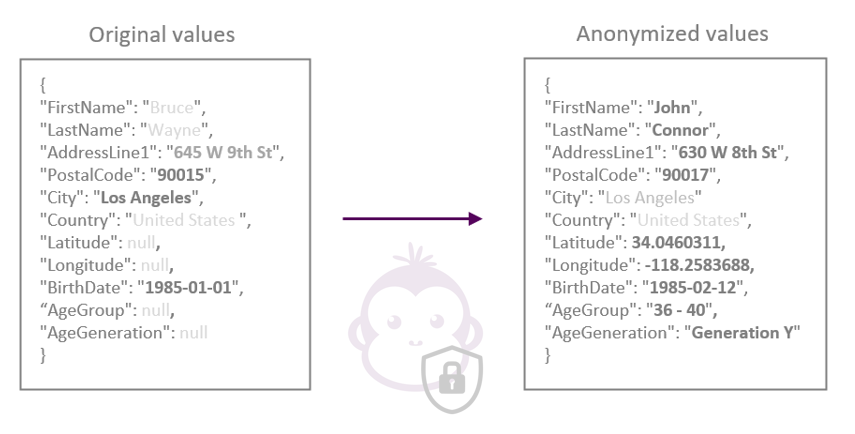What is a data leak?
A common example of a data leak is the theft or loss of a laptop or USB stick containing personal information. This doesn’t always have to be physical, such as in the case of ransomware, where a hacker gains full remote access to your systems and can steal personal information.
In addition to fines, there is also potential for damage to your reputation.
Depending on the impact of the data leak, the organization must also inform those affected, such as customers or other individuals whose personal information has been leaked. This puts the risk of damage to your reputation clearly on the radar.
Why should you anonymize customer data?
Anonymizing customer data is important for several reasons. First, it helps protect individuals’ privacy by removing personal identifying information, such as names and addresses. This makes it more difficult for data to be misused or stolen. Additionally, anonymizing data can make it more useful for analysis, as it can be freely shared and used without worrying about exposing sensitive personal information. Finally, anonymizing data can help organizations comply with regulations such as the General Data Protection Regulation (GDPR) and the Health Insurance Portability and Accountability Act (HIPAA), which require companies to protect the personal data of individuals in the European Union and international laws and regulations on data privacy.
How can you anonymize customer data?
Our approach is to use synthetic data to replace customer data. There are several reasons why using synthetic data is better for anonymizing or replacing customer data. First, synthetic data can be an accurate reflection of the original data, making the anonymous data still useful for analysis. This is in contrast to using partial or pseudonymized data, which is often not representative enough. Secondly, synthetic data is often better protected against de-anonymization than other methods. This is because the data is not based on real data, making it harder to trace back to the original data. Thirdly, synthetic data can help reduce the risk of data breaches, as no real data is shared or stored.
How does synthetic data look like?
Our synthetic data contains technically valid IBAN and credit card numbers that are useful for testing software. We use local first names and last names for different countries. And we generate a new geographic location for address data with GPS coordinates (latitude/longitude), in line with the parameters for minimum and maximum distance, which can be used to configure the degree of anonymity of the location.

What are the first steps?
Contact us and we will show you through a demo how to easily replace your customer data with synthetic data using a Python script and our API.
Then you can get started and we will support you in the process. If desired, we can prepare the initial (bulk) dataset for you, so you only have to anonymize new data.
It is important to know that we do not need access to your data and you do not have to share or expose any personal data, unlike many other providers. What do we need at minimum? Just the ZIP code, country code, gender and birth year of the person in question.

